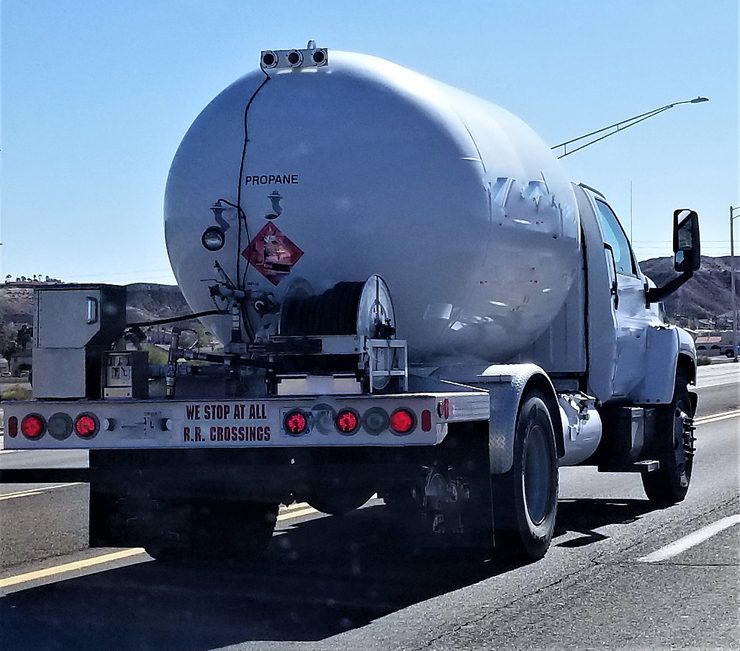How Propane Can Help Decarbonize the Power Grid
Credit to Author: Aaron Larson| Date: Wed, 19 Apr 2023 17:49:25 +0000

It’s no secret that leaders around the world are searching for ways to decarbonize their electric power grids. While solar panels and wind turbines have been the main options utilized in this effort in recent years, both are intermittent resources. Therefore, backup generation is required to keep power grids reliable. In many situations, that means installing diesel-fueled power generators. In fact, there’s been a significant increase in diesel generator sales as wind and solar capacity have increased.
“Right now, 90% of the backup power is diesel-powered,” Jim Bunsey, director of commercial business development with the Propane Education & Research Council (PERC), said as a guest on The POWER Podcast. “It’s been tremendous growth in diesel-powered backup power and that’s where we can really start to bring propane into play,” Bunsey said.
Yet, even as propane is used to supplant diesel-fueled backup systems, it can also be used to displace other grid-connected power generators, thereby reducing carbon emissions. “As we look at decarbonization, we look at the carbon intensity, or the full lifecycle of a product, of where it’s generated, how it’s transmitted, and how it gets to its end source where it’s being used,” Bunsey explained. He noted the national average carbon intensity score for the U.S. power grid is 130. Propane, meanwhile, has a carbon intensity score of only 79.
“So, right now, from switching from the electric grid to propane-powered power generation, we’ve now moved our carbon intensity score from 130 to 79. That’s a great savings. That’s available today with our infrastructure for developing propane, for storing propane, for moving propane, and gives that carbon intensity score—79 is really good,” he said. “It starts us on the path to zero. So, as we decarbonize, we look at the electric grid, we look at other products, we’re working our way down.”
But Bunsey sees a future where propane is even less carbon intensive, and it’s not too far in the distance. “The most exciting thing that’s coming is renewable propane,” he said. “Renewable propane has been being used for about five, six years right now. It’s being delivered.” While quantities are still limited at present, and most of the renewable propane produced today in the U.S. is being shipped to California where carbon credits are making it more affordable, Bunsey expects the volume of renewable propane to increase as major suppliers start to come onboard.
“That gives us a clear path to zero. We can step it down,” he said. “There’s renewable propane that’s being delivered today that has at-the-source carbon intensity of about 11. And then, delivered on-site, because that’s where you’ve got to look at the whole lifecycle—what does it take? We’re going to develop this fuel. We’re going to ship it. We’re going to go to the end-use. By the time it gets to the end use in California, they’re at 20.5 today. That was the last quarter. That’s what they’re using right now with renewable propane,” said Bunsey. “There’s a clear path right now for people, for their decarbonization, and we can get our path to zero.”
To hear the full interview with Bunsey, which includes information about PERC and its activities, the benefits of propane-fueled power generation, the role propane can play in backup and combined heat and power applications, and more, listen to The POWER Podcast. Click on the SoundCloud player below to listen in your browser now or use the following links to reach the show page on your favorite podcast platform:
For more power podcasts, visit The POWER Podcast archives.
—Aaron Larson is POWER’s executive editor (@AaronL_Power, @POWERmagazine).
The post How Propane Can Help Decarbonize the Power Grid appeared first on POWER Magazine.